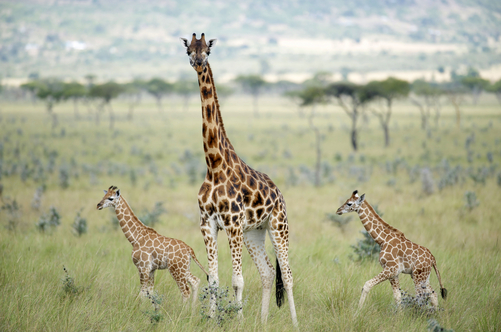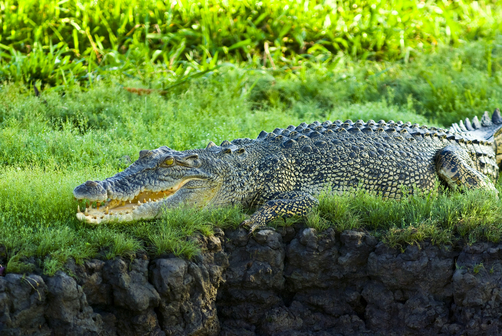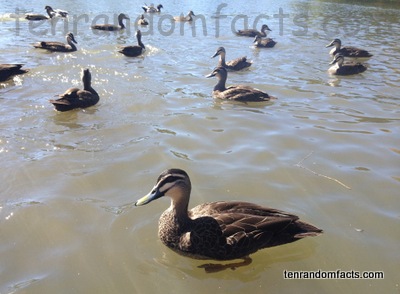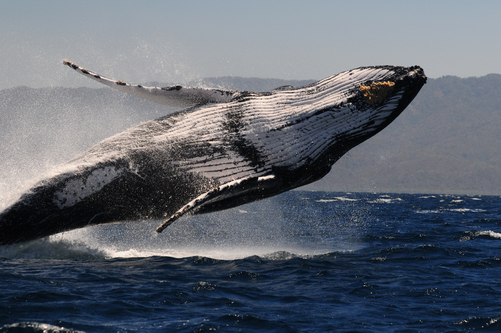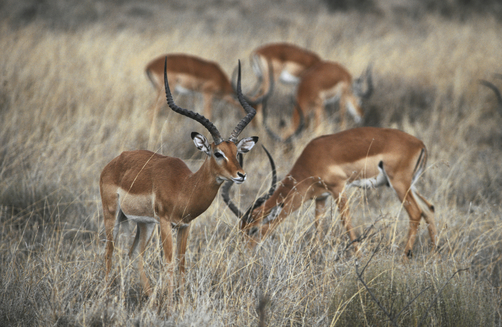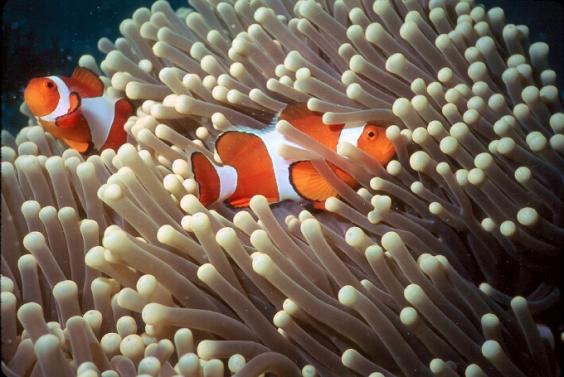
The clownfish certainly don’t clown around!
- Clownfish are fish from the family Pomacentridae, which is also includes the family of damselfish and the scientific name for the fish is ‘Amphiprion’.
- There are over 25 species of clownfish, that vary in colour and often have stripes and blotches that are yellow, orange, white, red and/or black in colour.
- Clownfish grow to 10 to 18 centimetres (3.9 to 7.1 inches) in length and can be found in shallow waters and reefs.
- It is suggested that clownfish are called so because of their bright and patchy or stripey colouring, while others say that the name is derived from its interesting swimming style, where it has a bobbing motion rather than a smooth motion.
- Clownfish are native to the Red Sea, Indian Ocean and parts of the Pacific Ocean and are not found in the Mediterranean, Caribbean or the Atlantic Ocean.
Clownfish
Image courtesy of Steve Turek/Coral Reef Alliance
- Clownfish live among anemone in a small group, eating zooplankton and other scraps trapped by the stinging creature, and the fish defend their anemone host if it is intruded.
- Clownfish have a mucus coating that protects the fish from an anemone’s sting.
- Anemones protect the clownfish, also known as ‘anemonefish’, and provide food and shelter, while the fish cleans the anemone and helps the marine creature to grow.
- Clownfish live for 6 to 10 years in the wild and lay 100 to 1000 eggs at one time, which hatch into males after 6 to 10 days.
- Clownfish are always born males and the strongest male will take an irreversible change into a female, which happens when the female of the school dies.
Bibliography:
Anemonefish, 2013, Wikipedia, http://en.wikipedia.org/wiki/Amphiprioninae
Clown Anemonefish, 2013, National Geographic, http://animals.nationalgeographic.com/animals/fish/clown-anemonefish/






